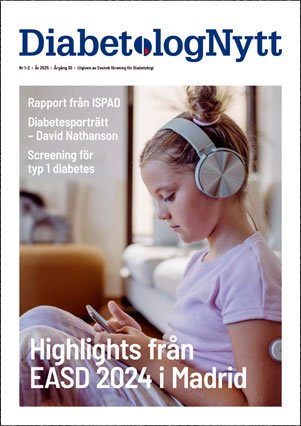Researchers say that the A1c test isn’t reliable for assessing postpartum women who’ve had gestational diabetes mellitus (GDM)
Researchers stated that this is true whether it’s used alone or with a fasting glucose test. The oral glucose tolerance test (OGTT) remains the standard.
Dr. Mora Muri of Virgen de la Victoria University Hospital, Malaga and colleagues note that around 90% of women with GDM are normoglycemic just after delivery. However, long-term follow-up using an OGTT is recommended.
The authors suspected that the A1C test, which doesn’t require fasting, might present advantages not just over the OGTT but also over the fasting glucose test.
To investigate, they tested the three methods in 231 women about a year after delivery. OGTT showed that 45.89% of women had an abnormal carbohydrate metabolism. Using HbA1C, the corresponding proportion was 19.05% and with fasting glucose it was 38.10%.
The combination of A1C and fasting glucose gave a figure of 46.75%. The combination, however, classified as normal 38.30% of the women with abnormal carbohydrate metabolism by the OGTT criteria.
In comparison with the OGTT, the A1C test had a 22.64% sensitivity and a 54.55% positive predictive value. The fasting glucose test had 83.02% sensitivity and a 100% positive predictive value. The combination had a 83.02% sensitivity and 81.48% positive predictive value.
The HbA1cAs level also misclassified some women with normal values on OGTT.
”A1C test criteria,” the researchers conclude, ”either alone or in combination with fasting glucose test criteria, (do) not provide a sufficiently sensitive and specific diagnosis of abnormal carbohydrate metabolism in women who have had GDM.” They concluded that the OGTT needs to be the standard for finding postpartum diabetes.
Diabetes Care June, 2012.
Nyhetsinfo
www red DiabetologNytt


